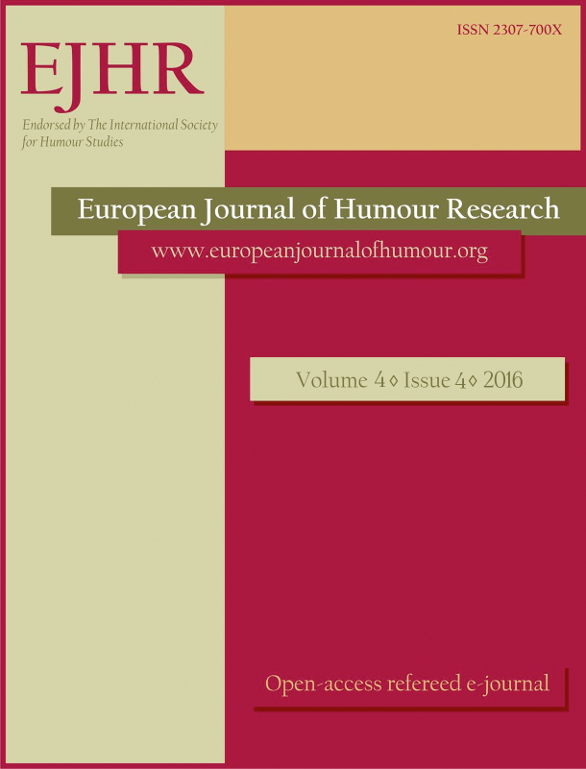Laughing across borders:
Laughing across borders:
Intertextuality of internet memes
Author(s): Liisi Laineste, Piret VoolaidSubject(s): Anthropology, Social Sciences, Language and Literature Studies, Customs / Folklore, Media studies, Theoretical Linguistics, Applied Linguistics, Communication studies, Pragmatics, Descriptive linguistics, Theory of Communication
Published by: Krakowskie Towarzystwo Popularyzowania Wiedzy o Komunikacji Językowej Tertium
Keywords: Estonian jokelore; internet humour; intertextuality; memes; virals; visual humour;
Summary/Abstract: Internet humour flourishes on social network sites, special humour-dedicated sites and on web pages focusing on edutainment or infotainment. Its increasing pervasiveness has to do with the positive functions that humour is nowadays believed to carry – its bonding, affiliative and generally beneficial qualities. Internet humour, like other forms of cultural communication in this medium, passes along from person to person, and may scale (quickly or gradually, depending on the comic potential and other, sometimes rather elusive characteristics) into a shared social phenomenon, giving an insight into the preferences and ideas of the people who actively create and use it. The present research is primarily carried by the question of how the carriers of Internet humour, that is, memes and virals, travel across borders, to a smaller or greater degree being modified and adapted to a particular language and culture in the process. The intertextuality emerging as a result of adapting humorous texts is a perfect example of the inner workings of contemporary globalising cultural communication. Having analysed a corpus of 100 top-rated memes and virals from humour-dedicated web sites popular among Estonian users, we discuss how humour creates intertextual references that rely partly on the cultural memory of that particular (i.e. Estonian-language) community, and partly on global (primarily English- and Russian-language) cultural influences, thus producing hybrid cultural texts. The more interpretations are accessible for the audience (cf. polysemy Shabtai-Boxman & Shifman 2014), the more popular the text becomes, whereas the range of interpretations depends on the openness of the cultural item to further modification.
Journal: The European Journal of Humour Research
- Issue Year: 4/2016
- Issue No: 4
- Page Range: 26-49
- Page Count: 24
- Language: English

